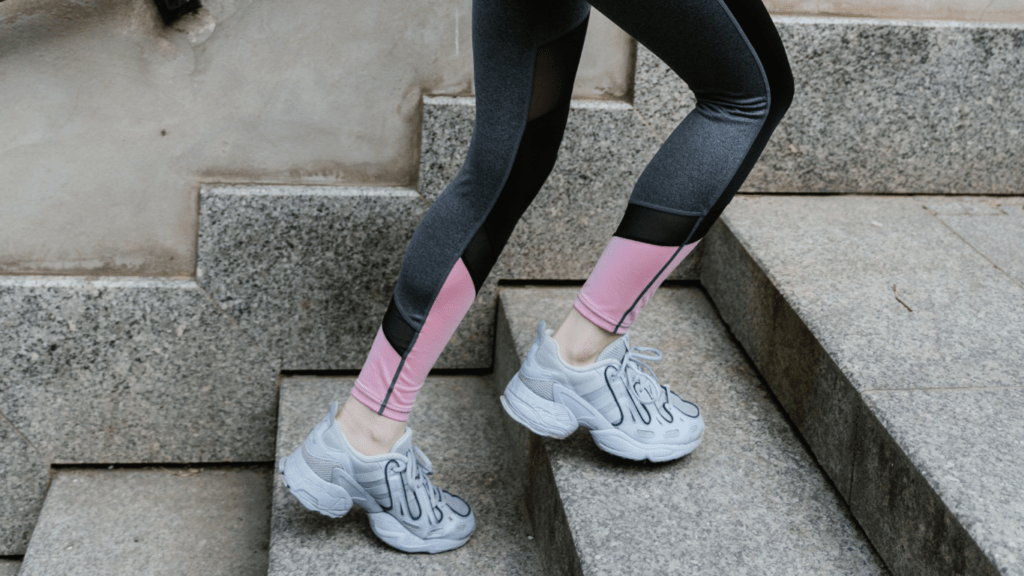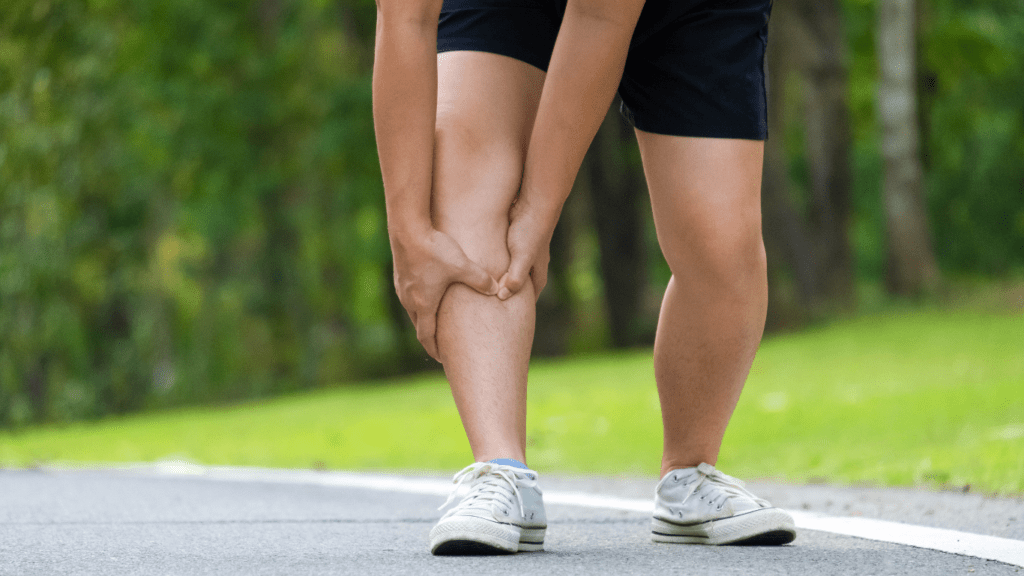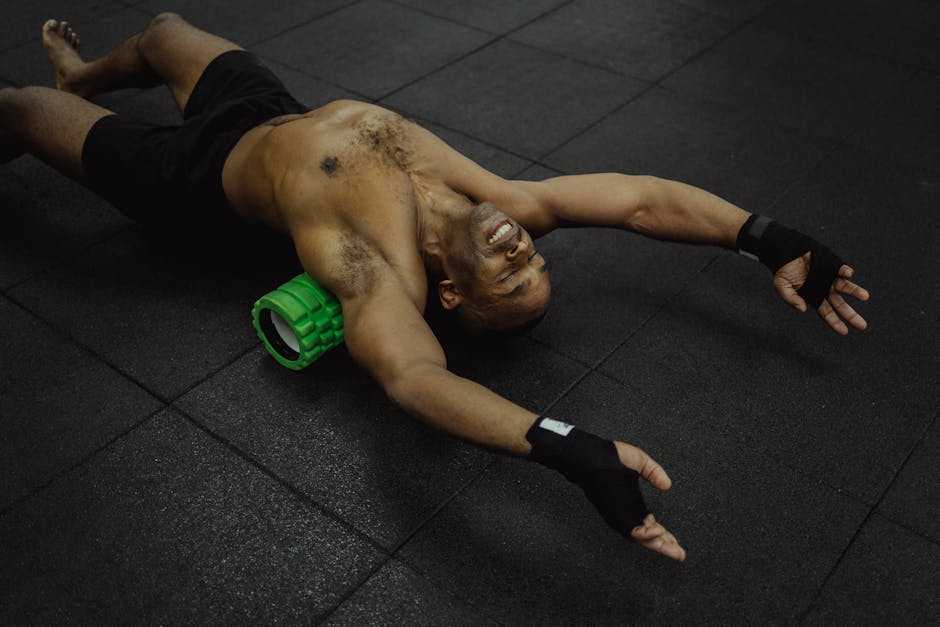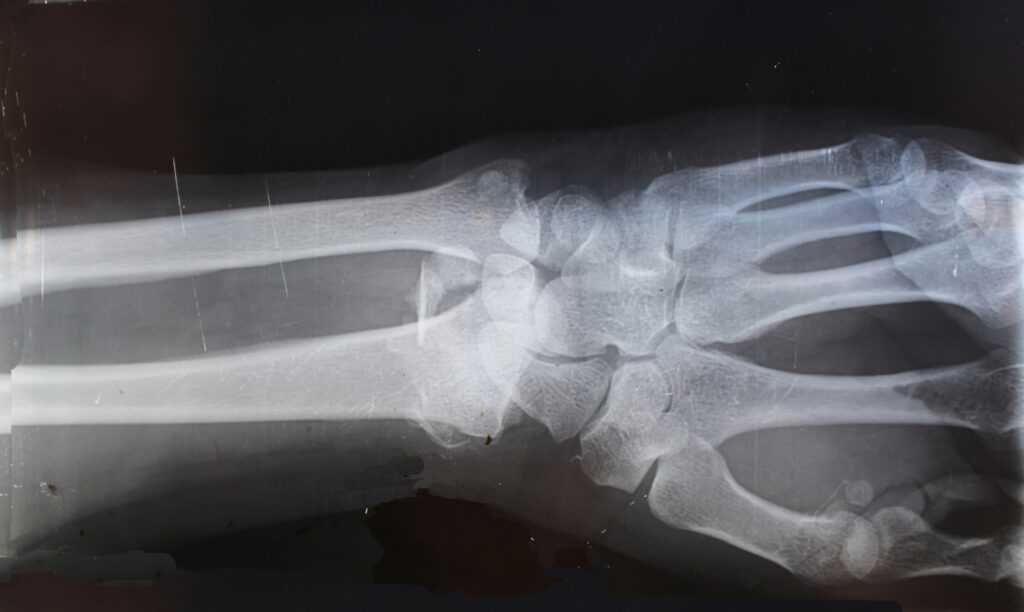Understanding Shin Splints
Shin splints, medically known as medial tibial stress syndrome, cause pain along the shin bone. They often affect runners and those who ramp up their physical activity.
What Are Shin Splints?
Shin splints involve inflammation of the muscles, tendons, and bone tissue around the tibia. The condition typically manifests as pain in the lower leg, between the knee and ankle.
The discomfort usually occurs during or after exercise, making it difficult to continue physical activities.
Common Causes of Shin Splints
Several factors contribute to the development of shin splints:
- Overuse: Repeated high-impact activities, like running or jumping, stress the shin bone and surrounding tissues.
- Poor Footwear: Worn-out or ill-fitting shoes fail to provide adequate support, leading to improper alignment and strain on the shin.
- Flat Feet: Individuals with flat arches experience increased stress on the shin when the foot strikes the ground.
- Sudden Changes in Activity: Quickly increasing the intensity, duration, or frequency of exercise overwhelms the body’s ability to adapt, causing shin pain.
- Inadequate Warm-Up: Skipping warm-up exercises leaves muscles stiff and more prone to injury during physical activity.
By understanding what causes shin splints, one can take preventative measures to minimize their occurrence.
Prevention Strategies for Shin Splints
Preventing shin splints involves a multi-faceted approach to safeguard the lower legs from injury. Addressing footwear and exercises can significantly reduce shin splint risk.
Choosing the Right Footwear

Selecting appropriate shoes is crucial in shin splint prevention. Runners and active individuals should opt for shoes with adequate arch support and shock absorption.
Poorly fitted shoes contribute to inefficient biomechanics, increasing strain on the tibia. I always recommend visiting a specialized store for a proper fitting analysis. They often use gait analysis to find shoes matching one’s foot type and running style.
Incorporating Stretching and Strengthening Exercises
Stretching and strengthening exercises enhance muscle resilience and flexibility, which guards against shin splints. Focus on calf stretches like the standing calf stretch, holding each stretch for at least 30 seconds.
Strength training exercises, such as toe raises and heel drops, target key leg muscles. Consistently incorporating these routines into warming up and cooling down helps in maintaining lower leg health.
Treatment Options for Shin Splints
Dealing with shin splints can be challenging, but various treatment options exist to alleviate pain and promote recovery. Exploring these methods helps find the most effective solutions tailored to specific needs.
Over-the-Counter Pain Relief
Using over-the-counter pain relief can provide quick relief from shin splints. Ibuprofen and acetaminophen are common painkillers that reduce pain and inflammation.
These medications effectively manage symptoms without needing prescriptions, making them accessible for immediate use. Always follow dosage instructions to avoid side effects.
Physical Therapy Techniques
Engaging in physical therapy techniques significantly aids in shin splint recovery. A physical therapist may suggest stretching and strengthening exercises to target the affected area.
For example, calf stretches, toe raises, and ankle circles can enhance muscle flexibility and strength. Additionally, therapists often use manual therapy, ultrasound therapy, and ice massage to reduce pain and inflammation.
Incorporating these methods into a treatment routine speeds up recovery and prevents future occurrences.
Lifestyle Adjustments for Managing Shin Splints
Making specific lifestyle changes can help manage shin splints, alleviate pain, and promote recovery.
Adjusting Your Exercise Routine
Modify your exercise routine to include low-impact activities. Incorporate swimming or cycling to reduce the repetitive stress on your shins while maintaining fitness.
Gradually increase the intensity of your workouts, especially if you’ve recently changed your exercise regimen. Limit running on hard surfaces and consider alternating days between running and low-impact exercises.
Utilize proper footwear with good arch support and consider orthotic inserts if necessary. Replace shoes regularly, particularly if you run often, to ensure they provide adequate support.
Importance of Rest and Recovery
Rest and recovery are crucial for shin splint management. Take sufficient time off from high-impact activities like running to allow your body to heal.
Use rest days to engage in activities that promote muscle recovery, such as:
- gentle stretching
- yoga
Apply ice packs to the affected area for 15-20 minutes several times a day to reduce inflammation and pain.
Elevate your legs when resting to decrease swelling. Ensure adequate sleep, as recovery processes are most effective during deep sleep stages. Incorporate rest and recovery protocols consistently to prevent re-injury.



